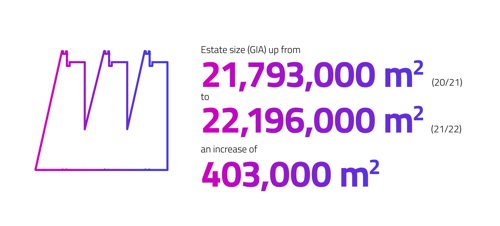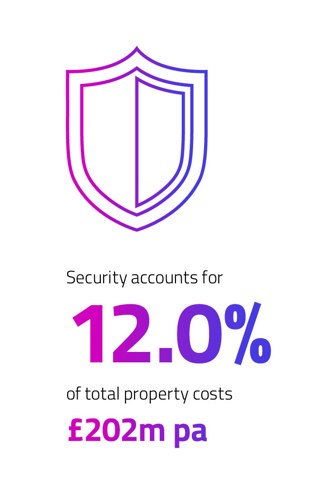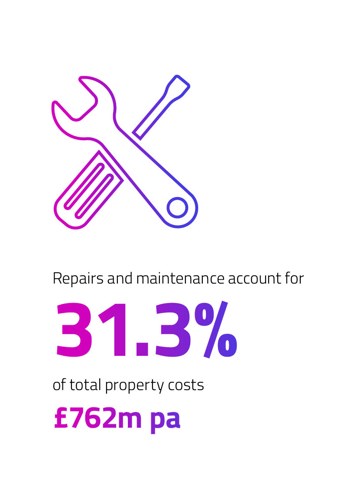AUDE has today (14 November 2023) published its annual Higher Education Estates Management Report (‘the EMR’). The 2023 edition of the report uses data from the period August 2021 to July 2022. As with every year’s EMR, it is vital to remind ourselves of the timelines when studying the data and trends highlighted in the report. It might be tempting to think of the Covid pandemic as largely over by this point. In fact the second disrupted Christmas of the pandemic, when the new Omicron variant caused a massive spike in new cases, was a feature of this academic year that affected every university and every plan.
If you have any questions regarding the EMR contact cheryl@aude.ac.uk.
But for many it will be the startling rise in energy costs that best characterizes this period. Autumn 2021 saw the first of two significant spikes in energy prices, with the second, from February 2022, more obviously associated with the invasion of Ukraine. Energy supply plans developed over many years were severely tested. While some universities had successfully hedged against short-term price rises, and others had invested in developing their own sources of renewable energy, for many the size of the rise in energy costs and the speed with which they hit every part of the economy was an extremely unwelcome additional budget challenge. Electricity prices rose by 22%, with gas up an alarming 77% at the peak: overall universities spent an extra £174m on energy during this period.
But the cost of energy wasn’t the only financial hit. On campuses part-empty due to Covid, income from catering, retail and conferencing was down. Construction-sector inflation ran at over 9% during this time.
Capital expenditure dropped to £2.5bn from a pre-Covid high of £3.5bn, as the sheer difficulty of operating as normal under pandemic restrictions fed through into plans delayed or indeed, in some cases, cancelled altogether. Universities focused on deferring spending at a point of maximum operational uncertainty, and in the light of an emergency with no fixed endpoint.
AUDE is acutely aware, with the recent focus on RAAC concrete, that we are publishing this year’s EMR at a point of maximum awareness of the importance of maintenance expenditure, and staying on top of data on the condition of our buildings. We note a small increase in the number of buildings in condition C or D, and also a rise in the cost necessary to raise those levels to condition B.
In the extended article within this year’s report we look at the variety of things universities are doing to steer towards net zero carbon. Where renewables options exist, some are undertaking such projects. Others consider the stream of small-scale enabling projects that will eventually allow the larger-scale activity to occur. We spoke to leaders thinking about embodied carbon and the carbon cost of new builds vs refurbishments. Everyone will need to look at the decarbonisation of energy, heat and hot water. With technology changing rapidly, are estates teams in UK universities on top of all the possibilities? In addition to the ethical imperative to do what we can to address climate change and its impacts, we have to be the experts in getting our universities to their legally mandated targets. It’s often down to us to ensure that the carbon reduction specialist, the finance specialist, the governance process and the student outreach process are aligned, and that these and other stakeholders understand the possibilities, the direction of travel and the all-important ‘Why?’ of this enormous challenge.
For the second year, the EMR Digital Tool will allow universities to build their own version of the data, with benchmarking options to help you understand what other universities are doing. Those already using this will find that the data will soon be updated to take account of the latest information, and we will inform members when this has happened. As with last year, a single login gets users access.
AUDE is dedicated to improving the EMR for all our members and protecting its future. We continue to work with HESA/JISC which is in advanced discussions with the DfE about funding a programme of work based on rebuilding the EMR to be:
This could lead to an approx. 80% reduction in the return size, moving it onto the new collection platform, improving outputs, reducing the collection burden whilst maximising the outputs for the sector. Any changes will need full sector consultation and changes are not expected to be implemented until 2025.
The Sector



Property Costs



